Your Complete Guide to Meniscus Injuries
Meniscus injuries are one of the most common knee problems, especially in people who play sports or live active lifestyles. If you’ve been told you have a meniscus tear or suspect one, this FAQ will walk you through what you need to know – from causes and symptoms to treatment options and returning to sport.
What is the meniscus and why is it important?
Your knee has two menisci – crescent-shaped pieces of cartilage between your thighbone (femur) and shinbone (tibia).
They act like shock absorbers and help with:
- Distributing weight across the knee joint.
- Improving stability.
- Protecting the cartilage from wear and tear.
- Assisting with balance and movement.
Think of them as your knee’s built-in suspension system.
How common are meniscus injuries?
- In the general population: About 60–70 per 100,000 people each year.
- Among athletes: Even higher – 12–14% of all sports-related knee injuries involve the meniscus.
- In people with ACL injuries: Up to 1 in 3 also have a meniscus tear.
How do meniscus injuries happen?
Meniscus tears usually occur in two main ways:
- Traumatic tears (younger, active individuals)
- Caused by sudden twisting or pivoting on a bent, weight-bearing knee.
- Common in sports like soccer, rugby, basketball, skiing, and wrestling.
- Often occur alongside ACL injuries.
- Typical tear patterns: bucket-handle, radial, or longitudinal tears.
- Degenerative tears (middle-aged and older adults)
- Caused by long-term wear and tear on the knee cartilage.
- Common in people over 40 years old, especially those with early osteoarthritis.
- Tear patterns are usually horizontal, complex, or flap tears.
What are the symptoms of a meniscus tear?
Symptoms depend on the type and size of the tear but commonly include:
- Sharp knee pain along the inner or outer joint line.
- Swelling that develops within 6–24 hours after injury.
- Clicking, catching, or locking of the knee.
- Difficulty straightening the knee fully.
- A feeling that the knee might give way.
- Limping or avoiding putting weight on the affected leg.
How is a meniscus injury diagnosed?
Your healthcare provider may use:
- Physical tests.
- Imaging (MRI).
Do all meniscus tears need surgery?
Not always! Treatment depends on your age, activity level, tear type, and symptoms.
Conservative (non-surgical) treatment – first line for many tears:
- Rest and activity modification
- Ice and anti-inflammatory medications
- Physiotherapy focusing on:
- Strengthening your thigh, hip, and core muscles.
- Improving balance and movement control – and we use kinetisense and OptoGait to assess and track these metrics.
- Restoring range of motion.
- Ensuring that your strength metrics are optimised. Meaning that your quads produce a force (Newtons) that is 6x your body weight, your hamstrings produce a force that is 4x your body weight, and your glute and groin produce a force that equal to 3.4x body weight in newtons.
- Graded Walk/Run program.
Surgical treatment – considered when:
- You have a large, unstable tear or locking/catching symptoms.
- Non-surgical treatment hasn’t worked after 6–12 weeks.
- You’re young, active, and the tear is repairable.
Surgical options include:
- Meniscus repair: stitches the tear together (preferred where possible).
- Partial meniscectomy: removes the damaged piece if repair isn’t possible.
- Meniscus transplant: rarely used, for young patients missing most of their meniscus.
It is also important to note that we work very closely with our referring surgeons in the management of patients with meniscus injuries. Especially when it comes to making a decision about undergoing surgery to ensure that we provide the best pre-op and post-op care using our technology to guide us in managing load and improving strength and function.
What are the risks if I have part of my meniscus removed:
Removing part of the meniscus (meniscectomy) increases pressure on the knee joint and may speed up arthritis development, especially in active people.
If your meniscus can be repaired, it’s usually the better long-term choice.
How long does recovery take?
Recovery depends on the type of tear and treatment:
- Conservative rehab
- Return to Everyday Activities: 4–8 weeks
- Return to Sport: 3–4 months
- Meniscus repair
- Return to Everyday Activities: 3–4 months
- Return to Sport: 6-9+ months
- Partial meniscectomy
- Return to Everyday Activities: 2–4 weeks
- Return to Sport: 6–8 weeks
- Conservative rehab
Can I return to sport after a meniscus injury?
Yes – most people do.
However, your readiness to return should be based on objective criteria, not just time.
When working on return to running, we make use of our OptoGait and LightSpeed lift technology to retrain gait patterns and gradually introduce load onto the affected knee to ensure that confidence is built with pristine form.
We also track muscle strength using our handheld dynamometers to ensure that your metrics are met to minimise risk of re-injury and increase overall performance and power. The metrics we look at are:
- Ensuring that your strength metrics are optimised. Meaning that your quads produce a force (Newtons) that is 6x your body weight, your hamstrings produce a force that is 4x your body weight, and your glute and groin produce a force that equal to 3.4x body weight in newtons.
- You must be able to do 50 Single-leg bodyweight calf raises.
Clearance checklist for return to sport:
- Full, pain-free range of motion.
- At least 90% strength compared to your uninjured leg.
- Ability to perform sport-specific drills without symptoms.
- Mental readiness and confidence.
- Deep squatting permitted at 5.5 months.
- Initiate straight line running: 6 months.
- Initiate pivoting and cutting: 7 months.
- Initiate agility training: 7 months.
- Gradually return to sports: 7-8 months.
- Optimal cardiovascular and muscular endurance.
What about the psychological side of recovery?
Many athletes experience:
- Fear of reinjury.
- Loss of confidence.
- Frustration about time away from sport.
Working with your physio, coach, or sports psychologist can help.
Gradual exposure to your sport and mental readiness screening tools can improve your recovery and performance.
Key Takeaways:
- Meniscus tears are very common, especially in athletes.
- Not all tears need surgery – many recover with rehab.
- Preserving the meniscus is always the priority when possible.
- Returning to sport safely requires strength, stability, and mental readiness.
- A structured rehab plan with physiotherapy offers the best chance of full recovery.


